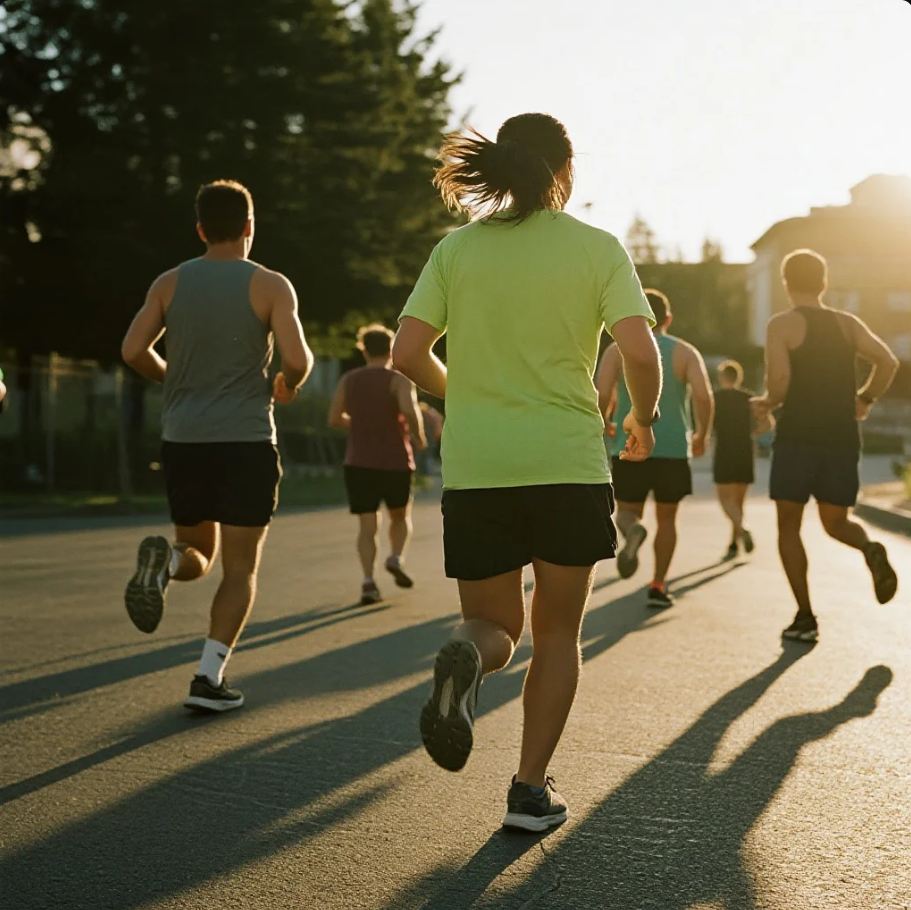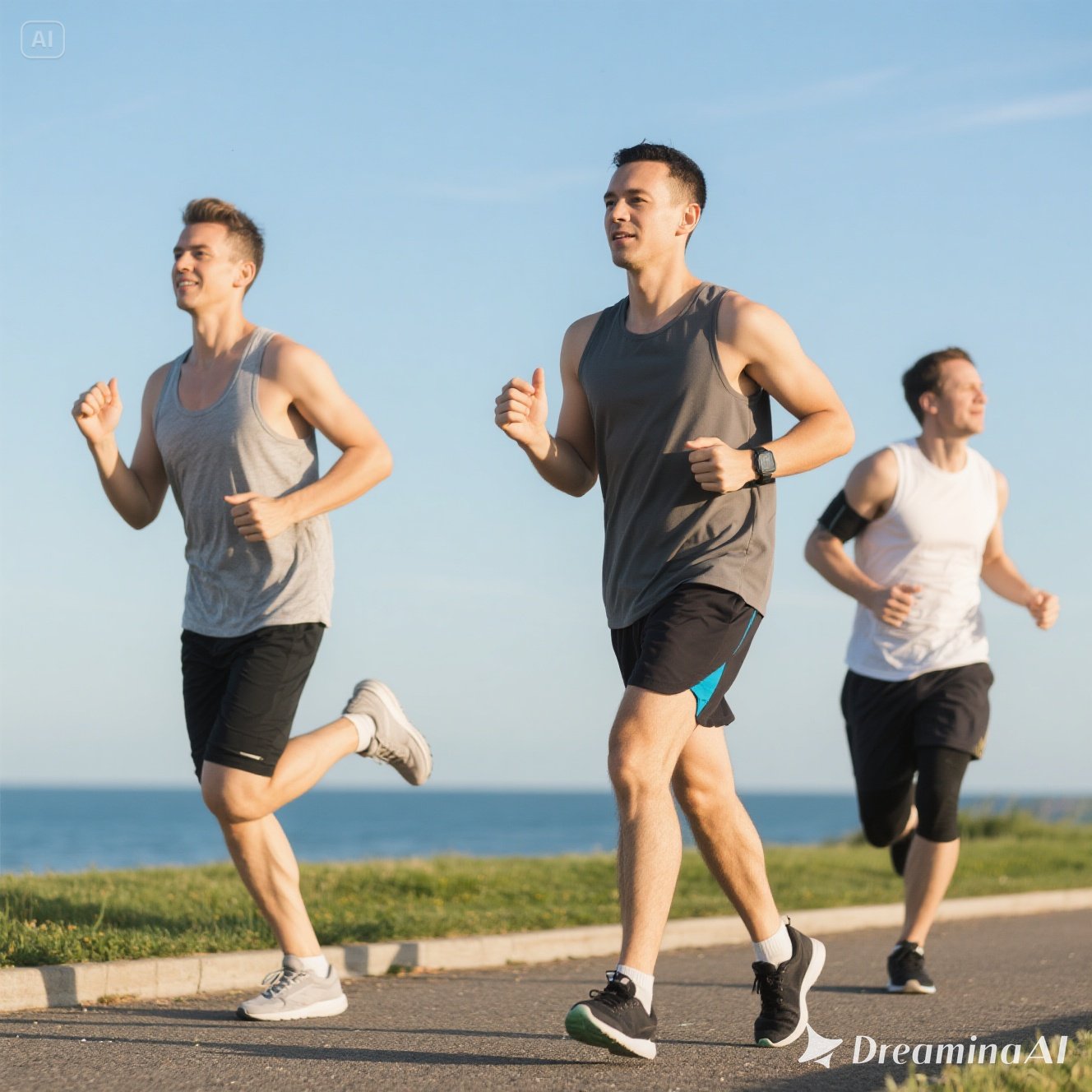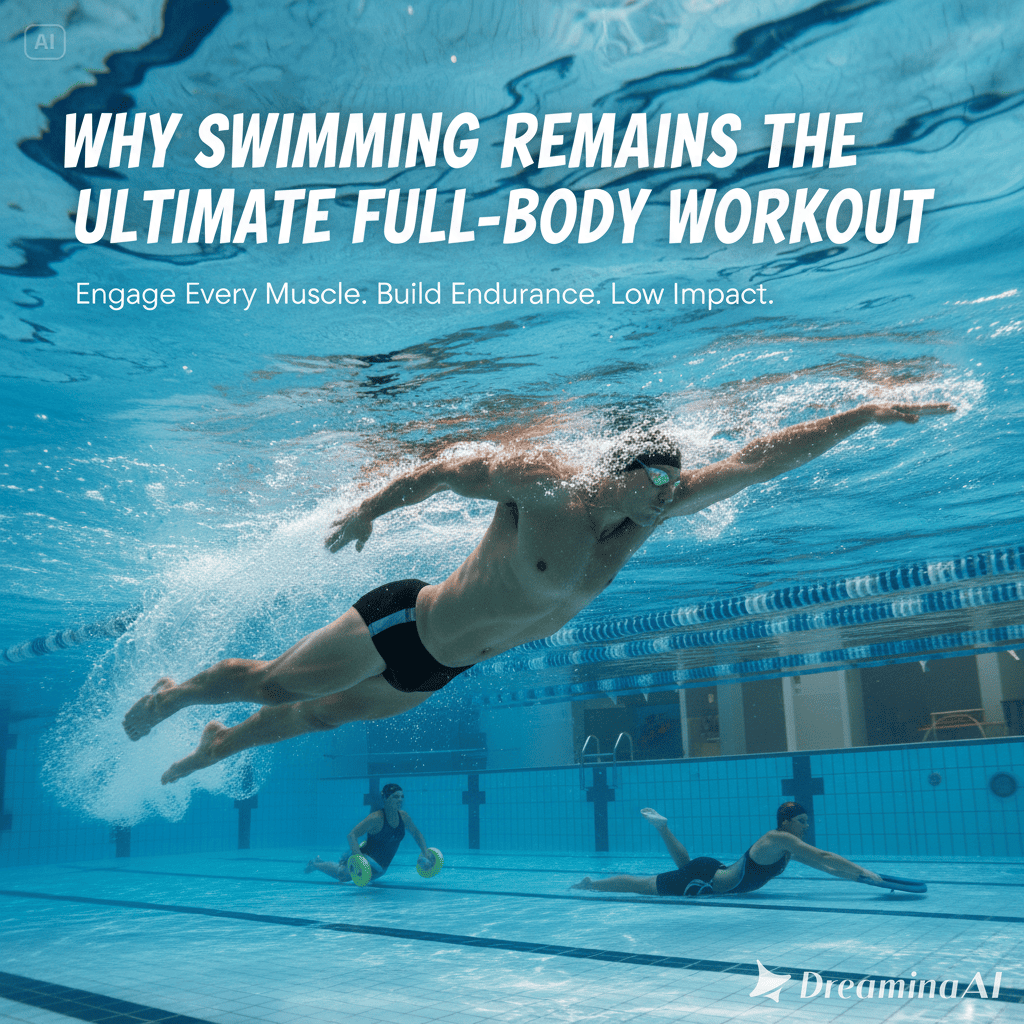Swimming engages every muscle, boosts endurance, and relieves stress — discover why it remains the ultimate full-body workout for all ages.
In a world filled with fitness trends and high-tech gym routines, swimming remains one of the most complete and effective workouts ever created. It’s not just a way to cool off or enjoy the summer — it’s a full-body exercise that engages every major muscle group while being gentle on the joints.
Whether you’re an athlete, a casual gym-goer, or someone looking for a low-impact yet powerful workout, swimming offers strength, endurance, and flexibility all in one graceful motion.
1. Engages Every Major Muscle Group
Unlike most exercises that target specific areas, swimming activates the entire body — from your shoulders and back to your legs and core.
Each stroke — freestyle, breaststroke, backstroke, or butterfly — requires coordination of:
- Upper body: arms, shoulders, and chest for propulsion.
- Core: abs and obliques to stabilize movement.
- Lower body: legs and glutes to maintain momentum.
This balance of muscle engagement helps develop functional strength and a toned physique without overstraining one specific area.
2. A Perfect Blend of Cardio and Strength Training
Swimming is a rare workout that combines aerobic and anaerobic exercise at once.
- The resistance of water provides natural strength training, building lean muscle.
- Continuous motion keeps the heart rate elevated, improving cardiovascular endurance.
Studies show that regular swimmers have better lung capacity and heart health, similar to professional runners — but with far less impact on the joints.
3. Low Impact, High Intensity
One of swimming’s biggest advantages is its low-impact nature. The buoyancy of water reduces body weight by up to 90%, making it ideal for:
- People with joint pain or arthritis.
- Athletes recovering from injuries.
- Older adults seeking safe yet effective exercise.
Despite its gentleness, swimming burns a significant amount of calories — up to 500–700 calories per hour, depending on intensity and stroke type.
4. Improves Flexibility and Coordination
The dynamic movements of swimming require fluid coordination between limbs and controlled breathing. Over time, it enhances:
- Flexibility, due to repetitive stretching of muscles.
- Balance and posture, especially through core engagement.
- Mind-body synchronization, making it as mentally calming as it is physically effective.
Swimming also helps correct posture issues caused by sedentary work, improving spinal alignment and joint mobility.
5. A Mental Health Booster
Beyond the physical benefits, swimming offers powerful effects on mental well-being.
- The rhythmic motion and sound of water induce a meditative state that reduces stress.
- Physical exertion triggers endorphin release — the natural “feel-good” hormones.
- Cold-water swimming has been shown to help combat anxiety and mild depression.
It’s not just exercise — it’s a form of active meditation that resets the mind and body.
6. Suitable for All Ages and Fitness Levels
From toddlers learning to float to seniors maintaining mobility, swimming is one of the most inclusive forms of exercise.
It adapts to every fitness goal:
- For beginners: gentle laps for basic endurance.
- For athletes: interval training to build speed and stamina.
- For rehabilitation: water therapy for injury recovery.
The water provides equal resistance for everyone, allowing you to progress at your own pace.
7. Enhances Lung Function and Breathing Control
Breath regulation is fundamental to swimming. The need to inhale deeply and exhale completely underwater strengthens respiratory muscles and increases lung efficiency.
This not only improves performance in the pool but also benefits daily breathing habits and stress management. Swimmers often have a slower resting heart rate and improved oxygen utilization — signs of a well-trained cardiovascular system.
8. The Calorie-Burning Powerhouse
Swimming can rival even the most intense gym workouts in calorie burn.
Depending on stroke type:
- Freestyle (moderate pace): 500–600 kcal/hour
- Breaststroke: 600–700 kcal/hour
- Butterfly: 700–900 kcal/hour
Because it involves resistance, endurance, and cardio, swimming maximizes fat loss while maintaining lean muscle mass — making it an ideal workout for weight management.
Conclusion
Swimming remains the ultimate full-body workout because it merges the best of every fitness element — strength, endurance, flexibility, and mental clarity — all in one fluid motion.
It’s safe, sustainable, and accessible to everyone. Whether you’re chasing performance or peace of mind, the water offers both.
In an age of fitness fads, swimming endures as a timeless reminder that sometimes, the simplest workouts deliver the most complete results.
Recommend :













